Polyglot Persistence: The Future of Data Management
In today’s data-driven world, businesses are dealing with vast and varied data types — from structured customer records to unstructured social media feeds, sensor data, and real-time transactions. Relying on a single type of database is no longer enough. This is where Polyglot Persistence comes into play.
Polyglot Persistence is the practice of using different types of databases within the same application, depending on the nature of the data and the requirements of the task. Instead of forcing one database to handle everything, businesses strategically combine relational databases, NoSQL stores, graph databases, and time-series databases for optimal performance, scalability, and flexibility.
For example:
-
Relational Databases (like PostgreSQL, MySQL) for structured data and transactions.
-
NoSQL Databases (like MongoDB, Cassandra) for unstructured or semi-structured data.
-
Graph Databases (like Neo4j) for analyzing relationships and networks.
-
Time-Series Databases (like InfluxDB) for IoT, monitoring, and real-time analytics.
By leveraging the strengths of each database, companies can build high-performing systems that are adaptable to multiple data challenges.
Why Polyglot Persistence Matters
-
Performance Optimization: Different databases excel at different workloads.
-
Scalability: Handle diverse data types without bottlenecks.
-
Business Agility: Adopt the best-fit database for each use case.
-
Future-Readiness: Easily integrate with AI, IoT, and big data ecosystems.
Frequently Asked Questions
Q1: What is Polyglot Persistence in simple terms?
Polyglot Persistence means using multiple databases for a single application, choosing the best database type for each specific task instead of relying on one database for everything.
Q2: Why not just use one powerful database?
No single database is perfect for all data models. Using different databases allows businesses to optimize performance, scalability, and cost-effectiveness.
Q3: Is Polyglot Persistence only for large enterprises?
Not at all. Startups and mid-size companies also benefit, especially when dealing with diverse data sources or when building applications that demand real-time performance.
Q4: What challenges come with Polyglot Persistence?
Some challenges include increased system complexity, integration overhead, and the need for skilled database management across multiple systems.
Q5: Which industries use Polyglot Persistence?
It is common in eCommerce, fintech, healthcare, IoT, and social platforms where data is highly diverse and rapidly growing.













 2025. All rights reserved
2025. All rights reserved